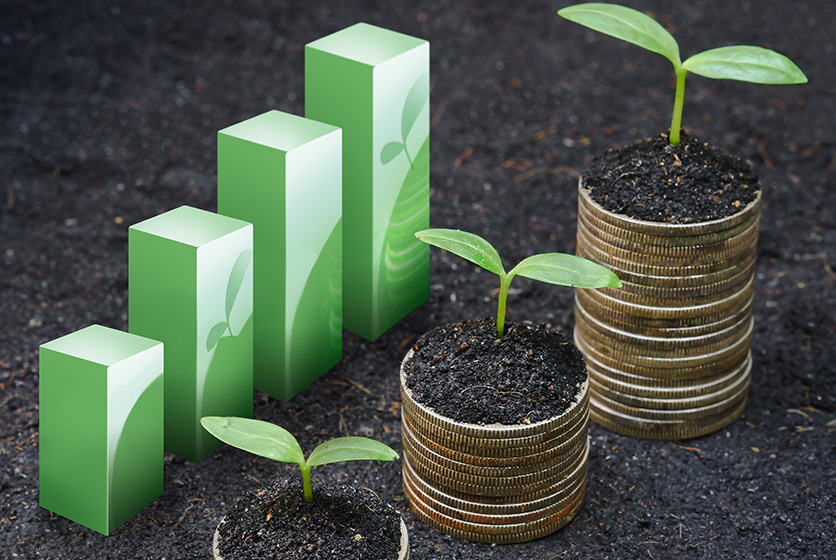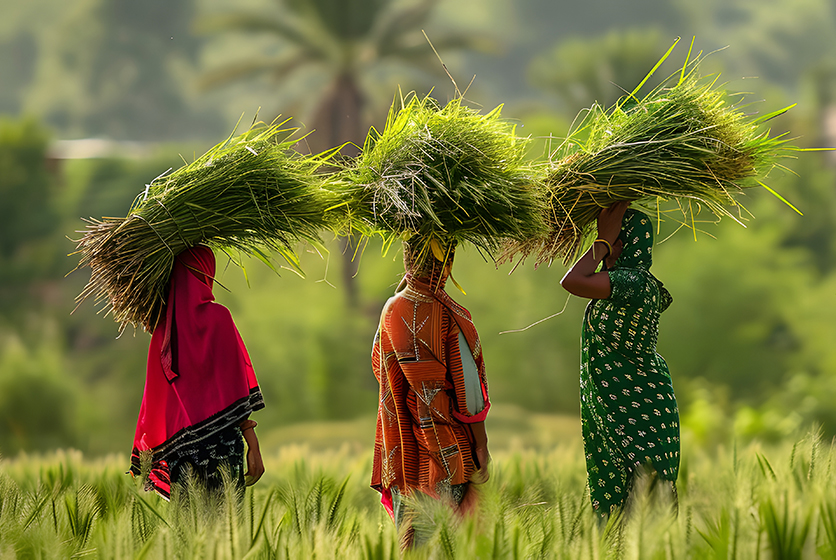Importance of Agriculture in India’s Economy
If you were to dwell on the income sources of India, then you would see the following sectors doing a lot of work:
-
Agriculture
-
Industry
-
Service sector
-
Tourism
-
Chemicals
-
Pharmaceuticals
-
Information Technology
-
Retail services
And agriculture GDP is still one of the most important contributors to the growth of the nation.
And agriculture GDP is still one of the most important contributors to the growth of the nation.
The close relationship between crop production and economy can be seen in the statistics released by the Ministry of Agriculture & Farmers Welfare: the share of Gross value added (GVA) of agriculture and allied sectors in total economy was 18.3% in 2022-23. The share of agriculture in GDP went down to 15% in the last fiscal year. This decline was due to factors like growth in industry, and services sectors.
There is no doubt however, that agriculture continues to play a key role in India’s economy. A Goldman Sachs Research report forecasts that India will become the second-largest economy in the world by 2075. And given the many changes and advancements taking place in agriculture, it stands to logic that this sector will also help India progress.
The growth of agriculture
It is encouraging to study the forecasts and predictions being made by leading agencies when it comes to India’s growth. Asian Development Bank (ADB), the Reserve Bank of India, Organisation for Economic Cooperation and Development (OECD), the World Bank, S&P Global Market Intelligence, are just a few of the agencies that have put India on a positive-growth path in the near future.

And this applies to the agriculture sector too. For instance, the World Bank predicts that Indian agriculture will record a growth of 3.5%. There are a few principal factors that are helping agriculture stay on course when it comes to contribution to India’s GDP.
Agriculture 4.0
Just as Industry 4.0 is revolutionising the way companies design, manufacture and supply their products to end-users, agriculture 4.0 is shaking up the sector too. The 4th wave in agriculture is going to hinge on:
-
The use of cutting-edge technology such as AI
-
Rise of precision agriculture
-
Data-driven approach to managing response to weather and climate change
-
After-harvest management
-
Use of robots and drones to manage routine tasks
Contributions of agriculture
Agriculture and allied sectors also contribute to India’s economy by providing employment. This employment encompasses both agricultural and non-agricultural labour. The latest annual Periodic Labour Force Survey (PLFS) report from the National Sample Survey Office (NSSO) shows that Indian agriculture sector has 45.5% of employed labour force.
Agriculture also helps by adding to the exports of India. According to the Ministry of Commerce and Industry, India’s agricultural and processed food products exports went up by 13% in nine months of current fiscal (2022-23) year, when compared to the same period last year.
Agriculture sector also provides raw materials to industries. These agro-based industries such as vegetable oil, dairy, chemicals, textiles, and food processing (to name just a few) also contribute to India’s GDP.
Finally, it is important to note that the government has implemented a slew of measures and programmes to help the farmers’ community. This will also help Indian agriculture (with a history that began in 9000 BCE!) stay relevant today and tomorrow.



